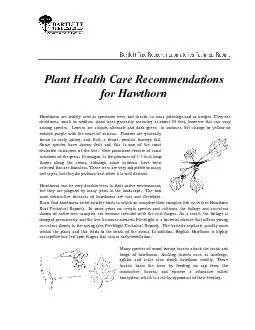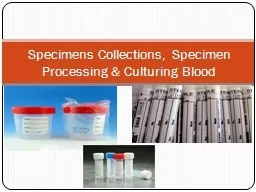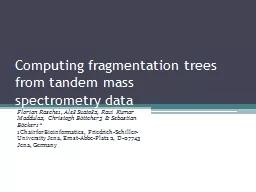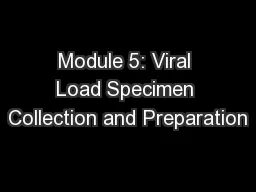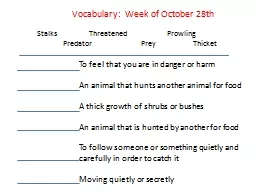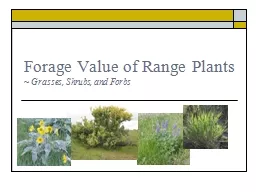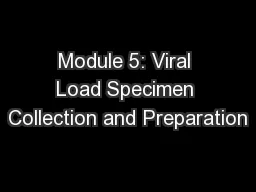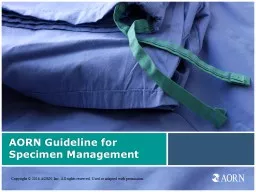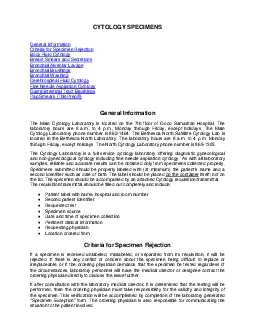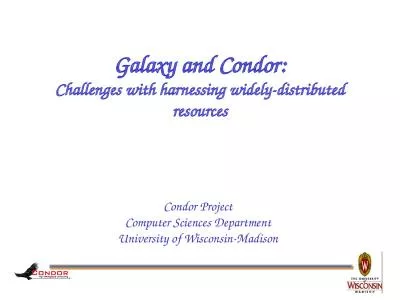PDF-Hawthorns are widely used as specimen trees and shrubs, in mass planti
Author : yoshiko-marsland | Published Date : 2015-08-05
Spider mites eriophyid mites and many caterpillar species can also damage the foliage and reduce their vitality In addition to those previously mentioned hawthorns
Presentation Embed Code
Download Presentation
Download Presentation The PPT/PDF document "Hawthorns are widely used as specimen tr..." is the property of its rightful owner. Permission is granted to download and print the materials on this website for personal, non-commercial use only, and to display it on your personal computer provided you do not modify the materials and that you retain all copyright notices contained in the materials. By downloading content from our website, you accept the terms of this agreement.
Hawthorns are widely used as specimen trees and shrubs, in mass planti: Transcript
Download Rules Of Document
"Hawthorns are widely used as specimen trees and shrubs, in mass planti"The content belongs to its owner. You may download and print it for personal use, without modification, and keep all copyright notices. By downloading, you agree to these terms.
Related Documents

